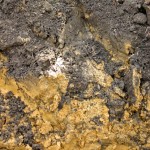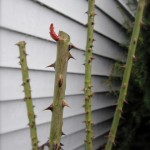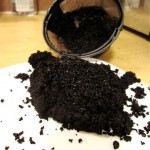Fall tree planting – steps to ensure that tree is planted properly and gets off to a great start
September 26, 2012 @ 12:47 pm
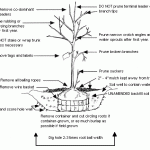 The cooler weather in Seattle means it’s time to plant trees! Fall is a great time to do this, because the weather is much cooler and this allows trees and plants to establish new roots rather than withering in dry, summer conditions.
The cooler weather in Seattle means it’s time to plant trees! Fall is a great time to do this, because the weather is much cooler and this allows trees and plants to establish new roots rather than withering in dry, summer conditions.
Planting a tree seems easy enough. Dig a hole, plop the tree in, cover with dirt, water, and voila! That’s mostly right, but there are some steps that you can take to ensure that tree is planted properly and gets off to a great start.
1. Call before you dig! Check to make sure you’re not digging into underground lines. Call 1-800-424-5555 for utility location services. Do it at least 2 days prior to digging.
2. Dig the planting hole only as deep as the root system and at least twice as wide. It is important to make the hole wide, as new roots will expand more quickly into loose soil. If the tree is planted too deep, new roots may not develop due to lack of oxygen.
3. With balled or burlap-wrapped tree, remove all wire baskets, twine, and burlap from the root ball. Linda Chalker-Scott, Ph.D., a horticulturalist and associate professor with Washington State University argues that it’s much better for tree growth if you actually disturb the root ball. Read more of her explanation in this paper, which lists step-by-step instructions for planting a ball or burlapped tree. “The most important reason to disturb the root ball of a balled and burlapped tree is to inspect the root system,” she writes, adding: “The circling, girdling, kinked, and hooked root systems often found in containerized plants occur frequently with B&B materials, too.”
4. Make sure the tree is at the proper depth. Better to plant the tree slightly high, about 1-2 inches above the base of the trunk flare, than it plant it at or below the growing level. This allows for some settling.
5. Backfill with native soil (the soil you dug out of the hole). Don’t use any type of soil amendment, advises WSU professor Linda Chalker-Scott in this paper. She says adding soil amendments to the planting hole may help it grow vigorously in the first few years, but notes the organic matter eventually decomposes and you may be left with a sunken hole. She writes:
Amended backfill has markedly different characteristics than surrounding native soil; it is more porous and water will wick away to the finer-textured native soil. In the summer, moisture within the planting hole will be depleted by the plant but not replaced by water held more tightly in the native soil. This results in water stress to the plant unless the planting hole is kept irrigated, a costly and often unrealistic practice. During wet seasons water will move quickly through the
amended soil only to be held back by the more slowly draining native soil.
6. Mulch the planting area with organic mulch. Lay about 2-4 inches. This will help keep a buffer between the trunk and the mulch to prevent disease. Mulch also helps hold moisture and moderate soil temperatures.
7. Water. Keep it moist and well-watered for the first growing season, but don’t overdo it. Most likely, Seattle’s fall and winter rains will do your work for you.
Contact Ecoyards to setup a consolation if you want help choosing and installing new trees on your property.
References:
The Myth of Soil Amendments: “When transplanting trees or shrubs into landscapes, amend the backfill soil with organic matter.”
New tree planting, city of Seattle website.
Filed under Seattle Landscape Design, Seattle Landscape Maintenance Permalink · No Comments »
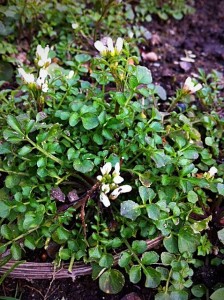
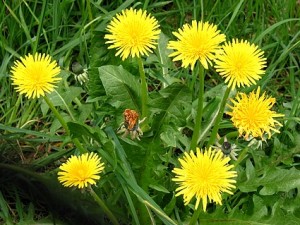
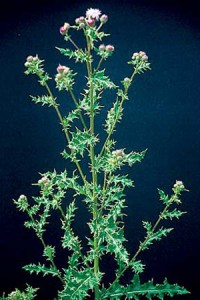
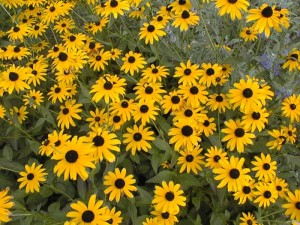
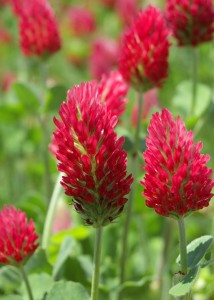
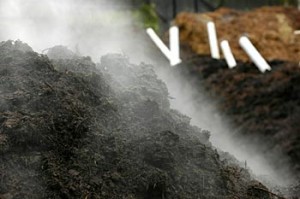 In March, we wrote that the
In March, we wrote that the 
